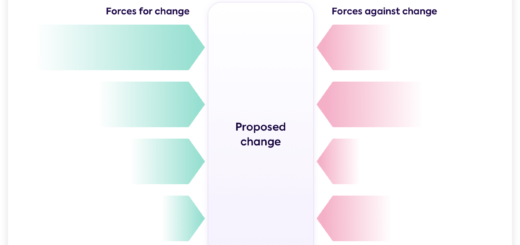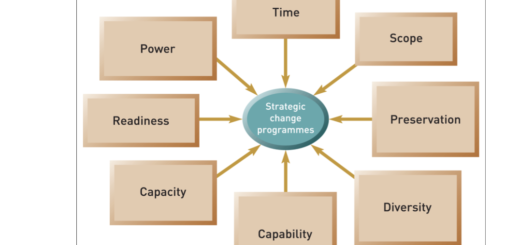Training Needs Analysis (TNA)
Training Needs Analysis (TNA) is a process of identifying the gap between the knowledge, skills, and attitudes required by employees to perform their job effectively and the actual knowledge, skills, and attitudes possessed by employees. TNA helps to identify areas where training is needed and to develop appropriate training programs.
Stewart (1999) proposed three approaches to TNA:
- Comprehensive analysis: This approach involves a full analysis of the job, including the tasks and activities involved, as well as the knowledge, skills, and attitudes (KSA) required for each task. This approach is suitable for jobs that are well-defined and have clear performance standards. By conducting a comprehensive analysis, trainers can identify the specific areas where employees need to improve their knowledge, skills, and attitudes.
- Key task analysis: This approach involves identifying the key tasks that are essential for job performance and analyzing these tasks. This approach is suitable for complex jobs that require a high degree of employee discretion, such as professional jobs. By focusing on the key tasks, trainers can identify the specific knowledge, skills, and attitudes that employees need to perform these tasks effectively.
- Problem-centered analysis: This approach focuses on aspects of the job that are problematic for job holders and/or managers. By identifying these problems, trainers can develop training programs that address the specific issues that employees are facing. This approach is useful for identifying training needs that may not be immediately apparent through a comprehensive or key task analysis.
Overall, the approach to TNA will depend on the nature of the job and the specific training needs of employees. By using a combination of approaches, trainers can develop effective training programs that address the specific knowledge, skills, and attitudes required for job performance.
Training Needs Analysis (TNA) for Line Manager
Training Needs Analysis (TNA) is a critical process that helps to identify the training gaps between the current performance and desired performance of employees. For line managers, the TNA process can be conducted by following these steps:
- Define the boundaries of TNA: The first step is to define the scope of the TNA. This could be a department, section, or unit within the organization, a specific group or category of staff such as chefs or waiters, or a particular process such as food preparation or serving. Defining the boundaries of the TNA will help to focus the analysis on the specific area where training is needed.
- Gather data for TNA: The next step is to gather data for the TNA. This can be done through observations, brainstorming, and discussions with employees who are performing the work. Line managers can also review performance data and identify areas where there are gaps between the desired performance and the current performance of employees.
- Identify training gap during TNA: The final step is to identify the training gaps that exist between the current performance and desired performance of employees. This may involve identifying specific skills, knowledge, or attitudes that are lacking among employees, and developing training programs to address these gaps. Line managers can work with employees to develop individual development plans that focus on the areas where training is needed.
Overall, conducting a TNA for line managers can help to identify the specific areas where training is needed, and to develop targeted training programs that address the skills, knowledge, and attitudes required for job performance. By investing in training and development, line managers can help to improve the performance and productivity of their teams, and to support the overall goals of the organization.




